Are TIPS the Right Inflation Hedge in 2022?
U.S. Treasury Inflation Protected Securities (TIPS) have historically been viewed by investors as a way to protect against higher inflation, but what does it mean when these bonds stop acting like an inflation hedge?
Thus far in 2022, we have observed a shift in investor sentiment away from the expected ‘transitory’ inflation and towards fears of stickier and more sustainable inflation on the horizon. With the two main gauges of inflation (CPI and PPI) reporting December inflation levels of 7.0% YoY and 9.7% YoY, respectively, we have reached levels not seen since the early 1980s. The heightened inflation readings have fueled concerns around a more aggressive rate hiking path from the Federal Reserve and validated our larger concern around the management of the bloated balance sheet at The Fed.
Despite these historical inflation levels, we have seen TIPS dramatically underperform other fixed income assets so far this year. In the first three weeks of 2022, the Bloomberg U.S. Treasury Inflation-Linked Bond Index (TIPS Index) lost ~2.20%. This compares to the Bloomberg U.S. Treasury Index which is only down ~1.65%. Additionally, when we adjust for the shorter duration nature of the TIPS Index, the underperformance is even bigger – closer to 120 bps. The longer duration portion of the TIPS market, specifically the on-the-run 30yr TIPS, has seen very dramatic moves lower, down ~9.8% YTD compared to the 30yr on-the-run U.S. Treasury down less than half of that at ~4.8%.
INSTITUTIONAL INVESTOR USE ONLY
30yr TIPS vs. 30yr U.S. Treasury
 Source: Bloomberg, Smith Capital Investors 1/25/22
Source: Bloomberg, Smith Capital Investors 1/25/22
The breakeven rate, or the amount of inflation needed for 30yr TIPS to breakeven with nominal Treasuries, has fallen to sub 2.25% despite the recent moves higher in inflation. This metric is down from 2.5% in November even with inflation measures accelerating on all fronts. Meanwhile, real yields on all TIPS remain stubbornly negative by as much as almost 3%.
So what is driving this large scale underperformance of TIPS during an environment when investors expect them to hedge against waves of elevated inflation? The biggest culprit seems to be the fear of The Fed accelerating its balance sheet reduction. The Fed owns a substantial amount of the TIPS market, but its ownership is skewed toward longer duration TIPS. They own a larger proportion of all TIPS with maturities longer than 10 years. In a scenario where The Fed is more aggressive in the reduction of the size and scale of its balance sheet, a natural question arises – who will be the buyer? We have communicated that the market didn’t truly comprehend the power of the agnostic buyer (The Fed) when QE was launched and feel the same today as the agnostic buyer is threatening to become an agnostic seller.
Adding fuel to the fire, last year the two biggest TIPS ETFs both experienced significant asset growth which, in combination with Fed purchases, pushed TIPS valuations to very stretched levels. As the market comes to terms with the fact that The Fed may be a seller, any outflows from these asset classes could further exacerbate the supply/demand disconnect in the TIPS market.
This combination leaves investors in the predicament of what to do with TIPS when they stop acting as a hedge against inflation. There doesn’t appear to be a straightforward answer for this as the pace, scale, and scope of Fed asset runoffs and sales will take many historical relationships and turn them on their head.
While we have not liked the TIPS market due to valuation concerns, there may be some opportunity in the future if the market enters a very oversold position. In a year where we expect heightened volatility, we point to the importance of a process centered in active management that allows for changes in portfolios to better protect investors against nontraditional outcomes, as well as take advantage of opportunities, compared to a static index like allocation. The recalibration process in markets is going to bring new challenges and new opportunities.
INSTITUTIONAL INVESTOR USE ONLY
Let’s talk – Smith Capital Investors
Our mailing address is:
Smith Capital Investors
1430 Blake Street
Denver, CO 80202
303-597-5555
833-577-6484
info@smithcapitalinvestors.com
www.smithcapitalinvestors.com
The opinions and views expressed are as of the date published and are subject to change without notice of any kind and may no longer be true after any date indicated. Information presented herein is for discussion and illustrative purposes only and should not be used or construed as financial, legal, or tax advice, and is not a recommendation or an offer or solicitation to buy, sell or hold any security, investment strategy, or market sector. No forecasts can be guaranteed, and the author and Smith Capital Investors assume no duty to and do not undertake to update forward-looking predictions or statements. Forward-looking predictions or statements are subject to numerous assumptions, risks, and uncertainties, which change over time. Actual results could differ materially from those anticipated in forward-looking predictions or statements.
Any investment or management recommendation in this document is not meant to be impartial investment advice or advice in a fiduciary capacity and is not tailored to the investment needs of any specific individual or category of individuals. Opinions and examples are meant as an illustration of broader themes, are not an indication of trading intent, and are subject to changes at any time due to changes in the market or economic conditions. The information presented herein has been developed internally or obtained from sources believed to be reliable; however, neither the author nor Smith Capital Investors guarantees that the information supplied is accurate, complete, or timely, nor are there any warranties with regards to the results obtained from its use. It is not intended to indicate or imply that any illustration/example mentioned is now or was ever held in any portfolio.
Past performance is no guarantee of future results. As with any investment, there is a risk of loss. Investing in a bond market is subject to risks, including market, interest rate, issuer, credit, inflation, default, and liquidity risk. The bond market is volatile. The value of most bonds and bond strategies are impacted by changes in interest rates. The return of principal is not guaranteed, and prices may decline if an issuer fails to make timely payments or its credit strength weakens. High yield or “junk” bonds involve a greater risk of default and price volatility and can experience sudden and sharp price swings.
Please consider the charges, risks, expenses, and investment objectives carefully before investing. Please see a prospectus, or, if available, a summary prospectus containing this and other information. Read it carefully before you invest or send money. Investing involves risk, including the possible loss of principal and fluctuation of value.
All indices are unmanaged. You cannot invest directly in an index. Index or benchmark performance presented in this document does not reflect the deduction of advisory fees, transaction charges, and other expenses, which would reduce performance.
This material may not be reproduced in whole or in part in any form, or referred to in any other publication, without express written permission from Smith Capital Investors.
Smith Capital Investors, LLC is a registered investment adviser.
SCI00209


























